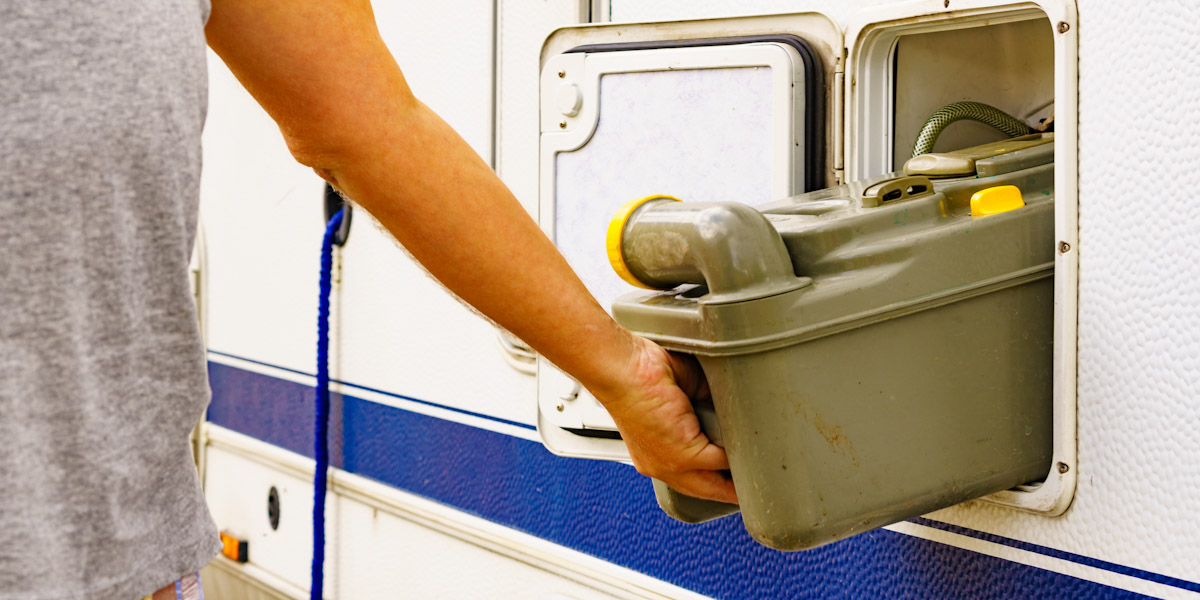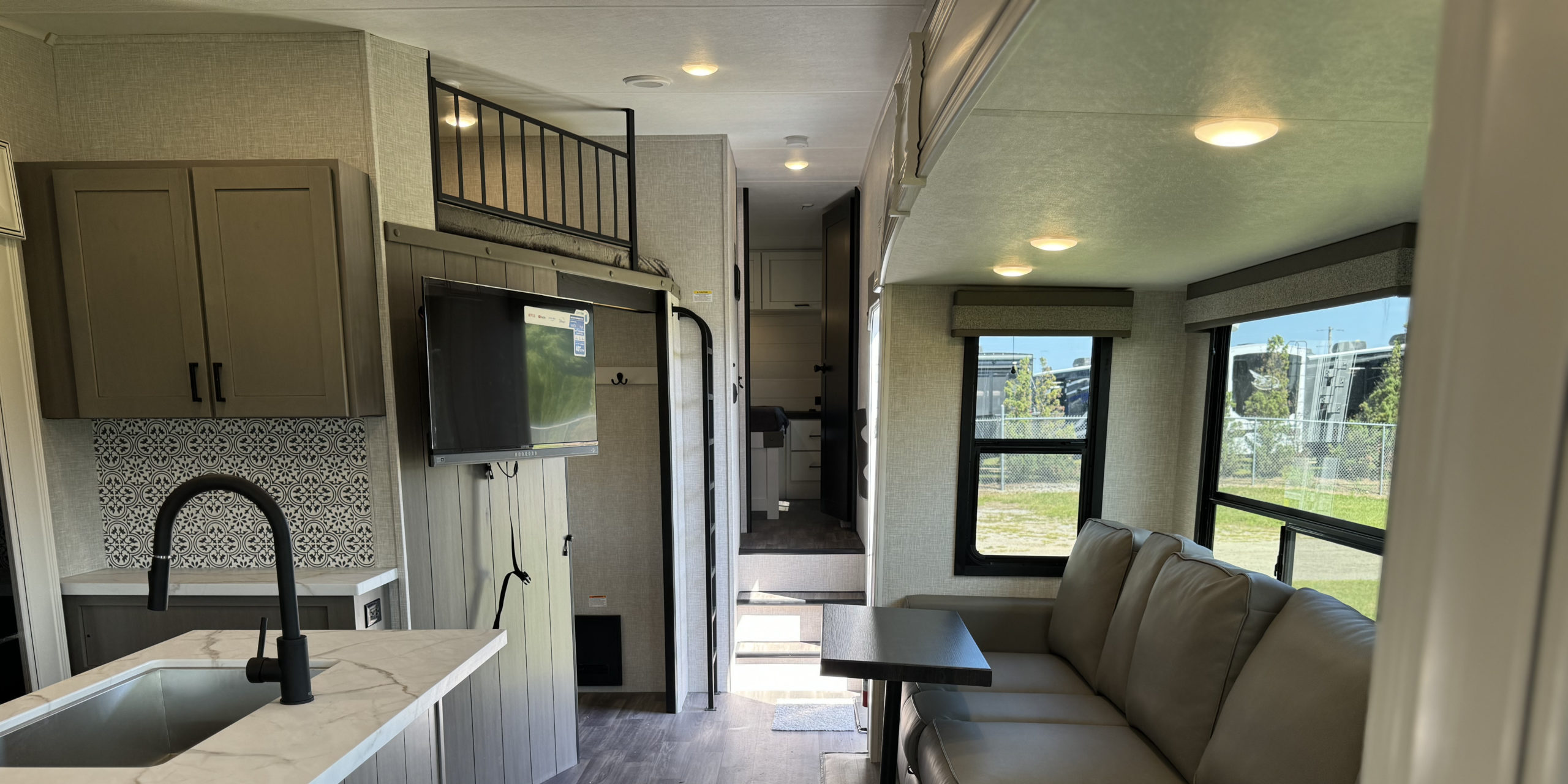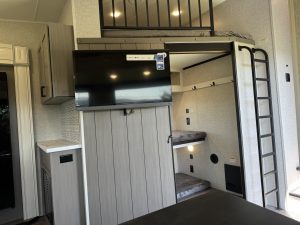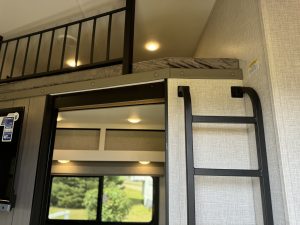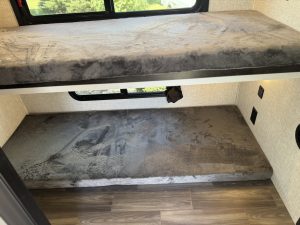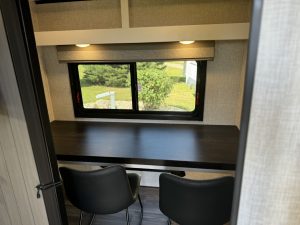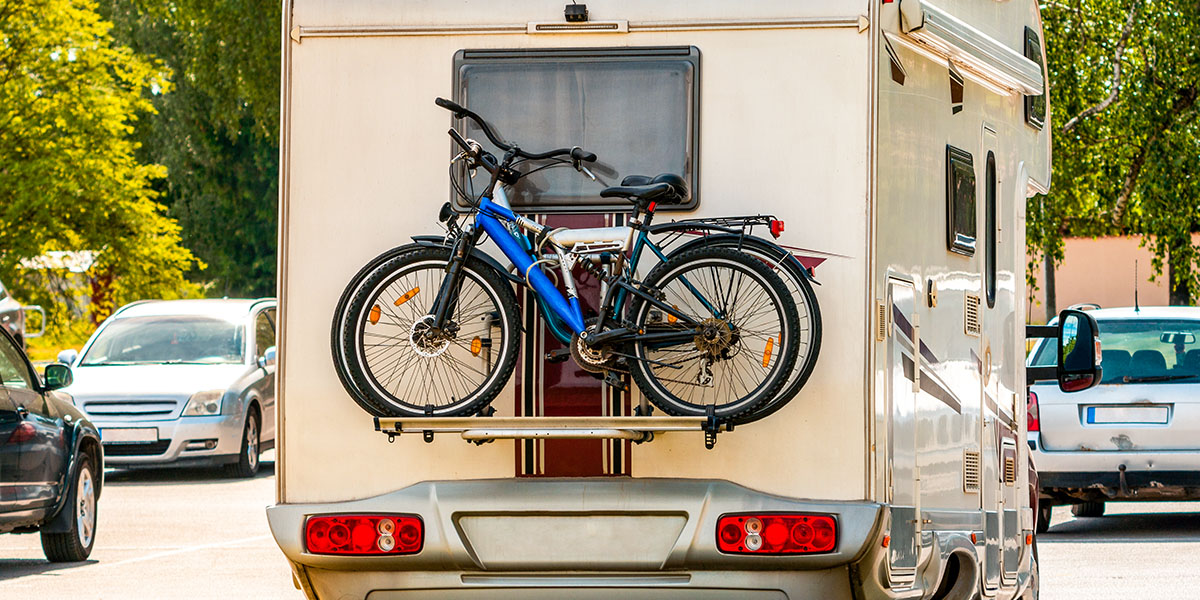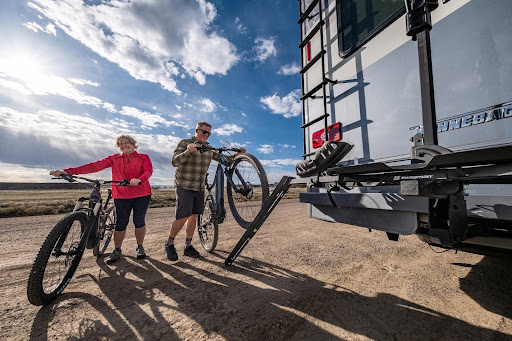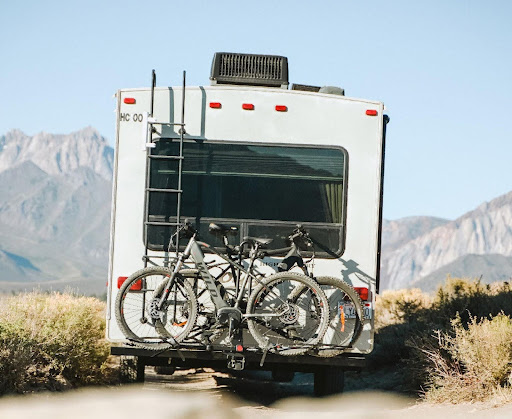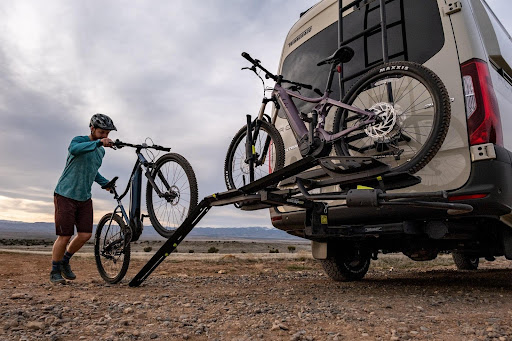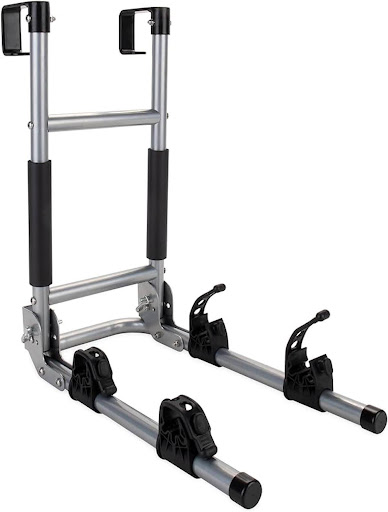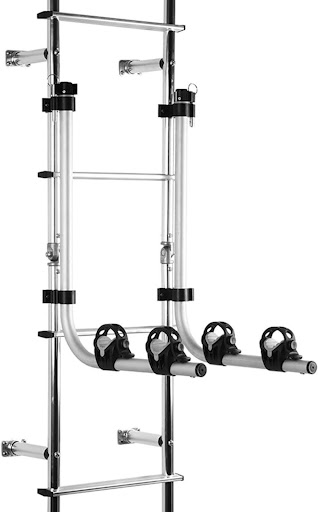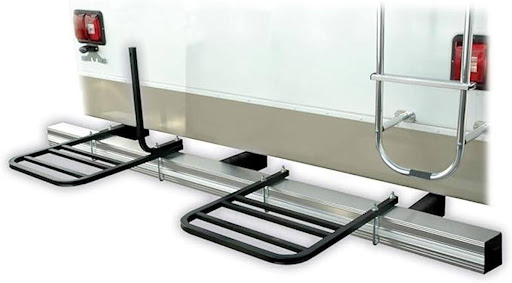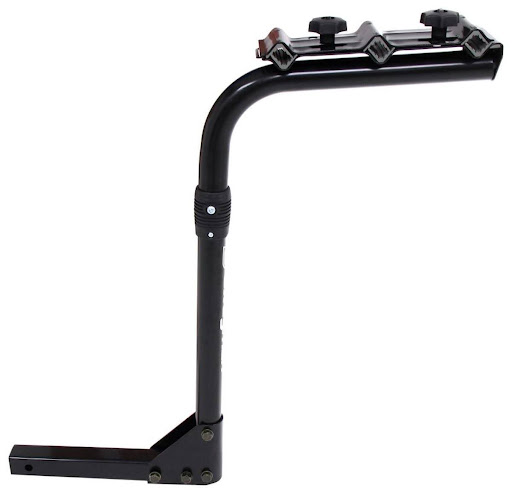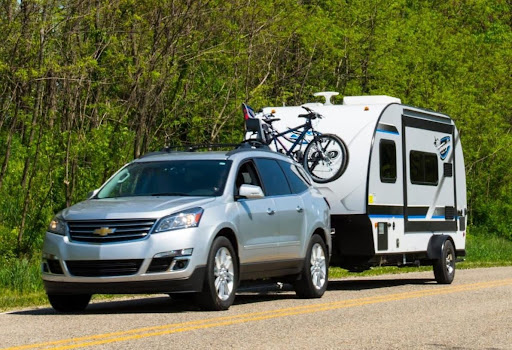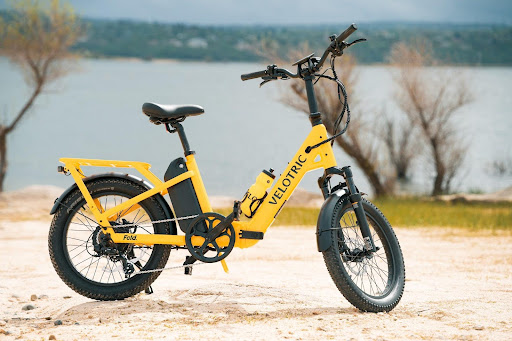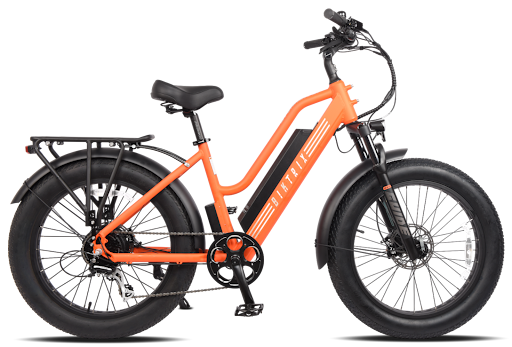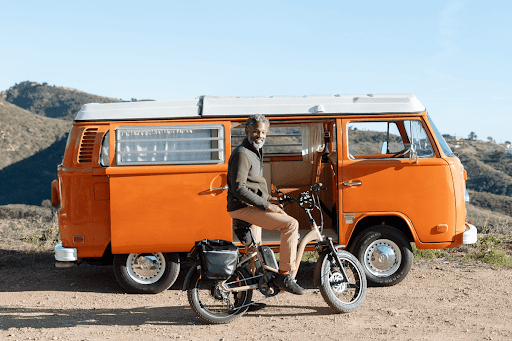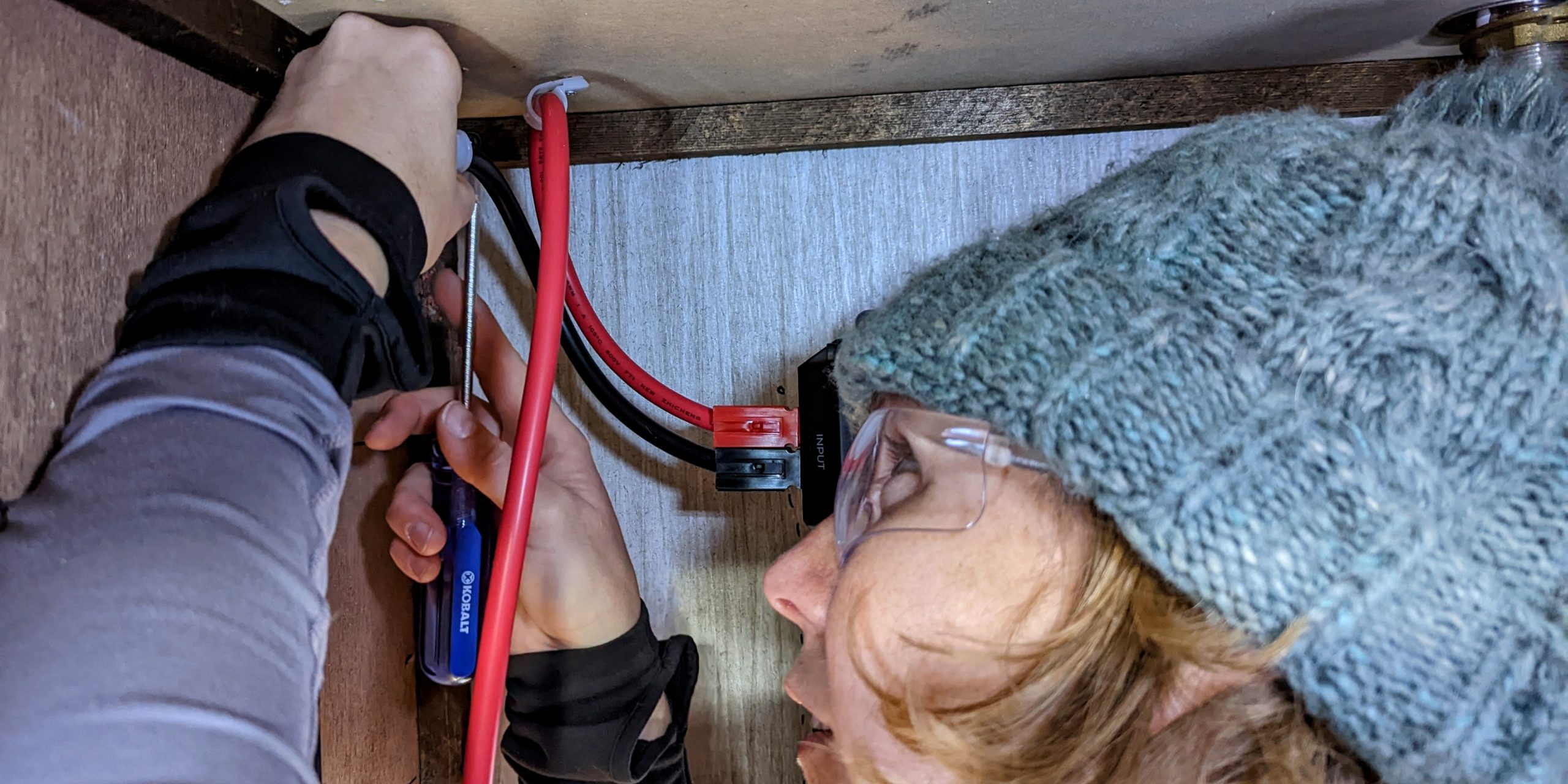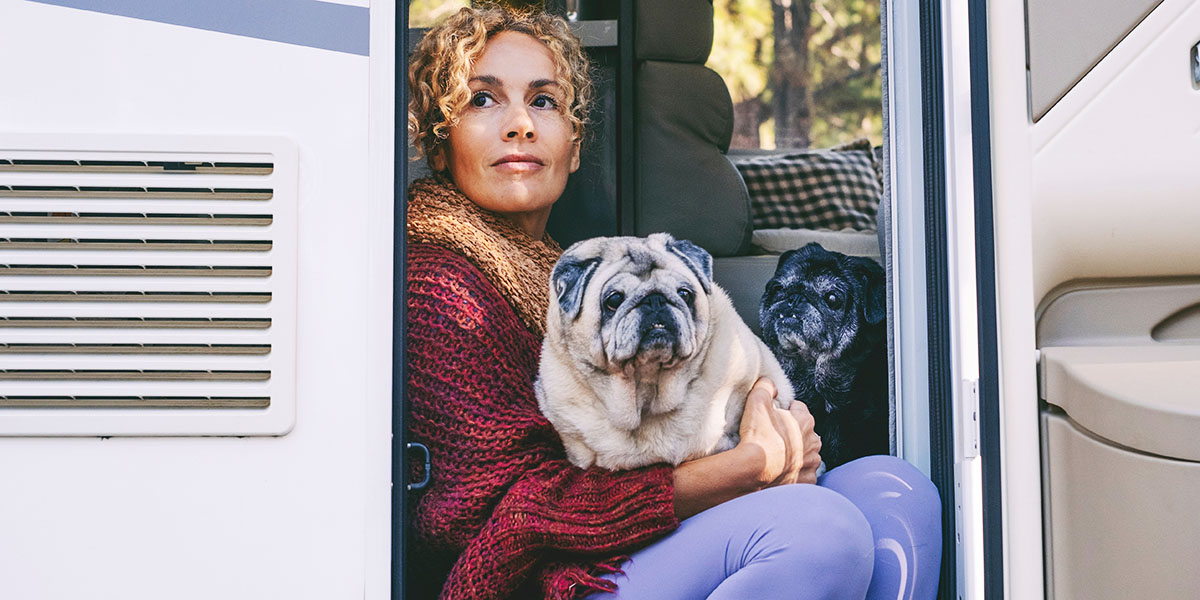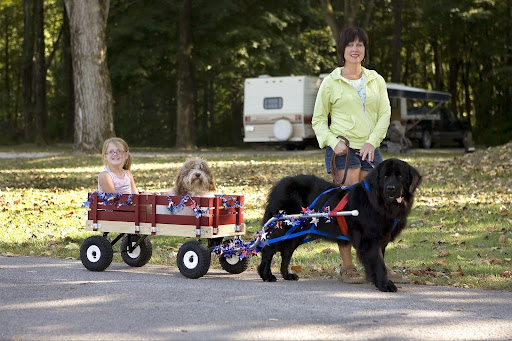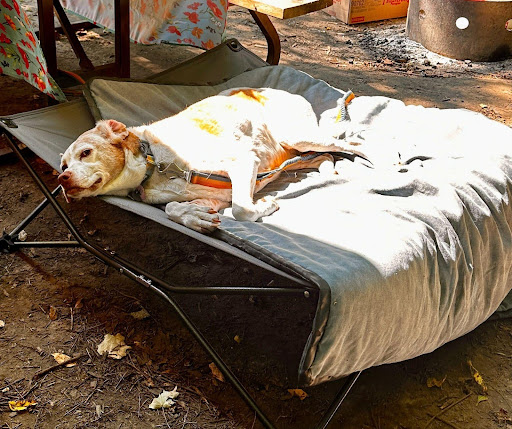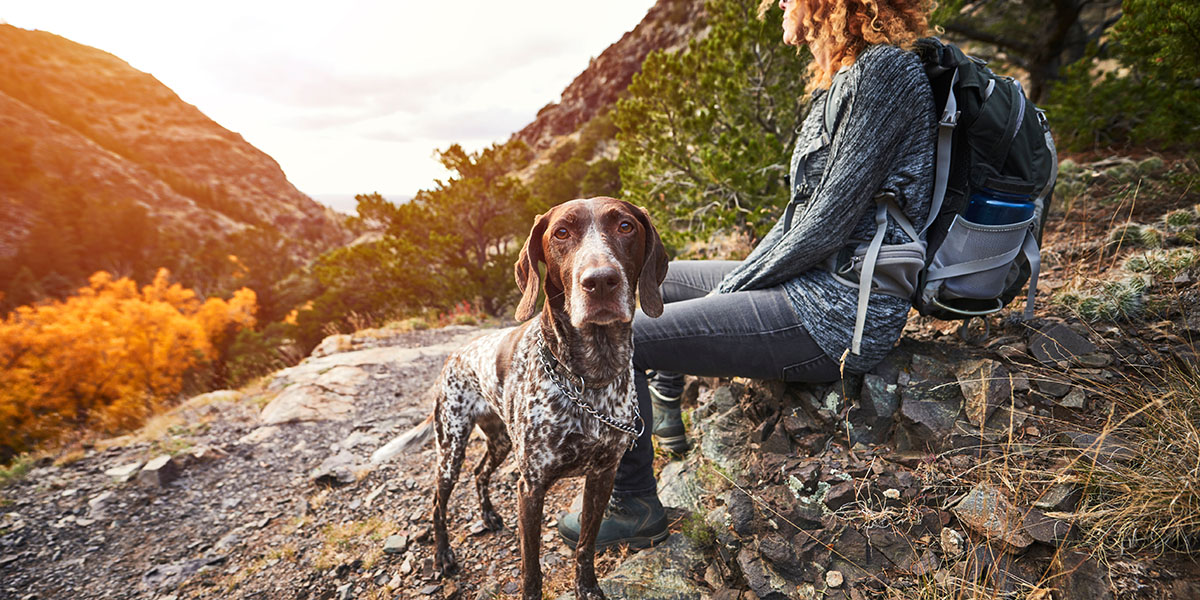There’s a new option for the ultimate bachelor bash: Hit the road. After all, you or your friend’s freedom to roam will soon be saddled with marital responsibility. So now’s the perfect time to enjoy a mobile party, where your crew gets tighter with every mile. No Ubers. No crowds (unless you really want them). Just your squad, the road, and enough space to stock all the bacon and beer for a bachelor party road trip!
While we kid about bachelor parties being a last hurrah, the reality is that there are certainly more getaways in your future. That means renting an RV for your bachelor party road trip is more than just great planning — it’s also savvy research for a future getaway vehicle. (Later on, when you’ve purchased the perfect RV, you’ll thank me.)
But for now, here’s everything you need to plan an awesome guys’ trip — RV-style. We’ll talk through great routes, off-grid options, eligible beaches, and the best RV types to get you there.
3 Killer Routes for a Bachelor Party Road Trip
Nothing says “bachelor sendoff” like grabbing a shortlist of your best men and hitting the highway. Here are three absolutely unforgettable short(ish) road trips that are easy on the driving, but deliver big-time on scenery and party potential.
1. Pacific Coast Highway, California
From San Fran to San Diego, the PCH is the gold standard for cruising. Check out Big Sur’s rugged cliffs, pull over for wine tastings in Paso Robles, and post up at Santa Barbara’s beachfront campgrounds. This route lets you mix upscale stops with wild nights in beach towns like Santa Cruz and Venice. Plus, it’s California. Sunshine and surf are practically guaranteed.
2. Austin to Fredericksburg, Texas
Start in Austin for live music, brisket, and a bar scene hotter than a sizzling summer sidewalk. Then steer west, young man, to Fredericksburg for Hill Country charm and more wineries than you can shake a cork at. Wrap things up with a night under the stars at Enchanted Rock — just don’t try to hike it in flip-flops after too many Lone Stars.
3. Asheville to the Smokies, North Carolina
This is the perfect mix of craft brews and backcountry adventure. Start with Asheville’s iconic brewery scene, which is unparalleled on either side of the Mississippi. Then point the RV toward the Smokies for campfires, waterfalls, and Appalachian vibes. Ideal for the crew that wants equal parts nature and nightcap.
Boondocking Bachelors: Off-Grid and On Point
You’re in the wild. You’re unplugged. And you’re saving coin you can blow on better beer or a bigger honeymoon. Boondocking bachelor parties ditch the campground noise and throw the party wherever you want. Think cliffside views, forest clearings, or deserts under the stars. And the best part: No neighbors to complain about your karaoke choices or ask you to turn down the grill smoke. Just you and the guys — and whatever chaos unfolds.
Top 3 RV Spots for a Bachelor Beach Party
When in doubt, head for sand and surf. These three beaches are perfect for letting loose — swimsuits and sunscreen mandatory.
1. South Padre Island, Texas
This beach town knows how to party. With RV parks right near the beach. (Check out Isla Blanca Park.) You can go from beach volleyball to grill-master mode in seconds. Bonus: Spring Break energy all year long.
2. Hunting Island State Park, South Carolina
Tucked just outside Beaufort, this park offers miles of quiet beach, tall pines, and oceanfront campsites at Hunting Island Campground. It’s a laid-back spot perfect for bachelor parties that want more whiskey-by-the-fire vibes and less clubbing downtown.
3. Pismo Beach, California
One of the few spots where you can legally camp your RV on the beach. Oceano Dunes SVRA is where off-roading meets oceanfront bonfires. If your crew likes dune buggies, beers, and sunsets, it’s an easy yes.
Picking the Right Rig
Time to talk wheels. Not all RVs are built for bachelor glory. Here’s your breakdown if you’re shopping RV types. (And we have a short guide to some great road-trip models too.)
The Land Yacht – Class A
- Pros: Class As feel like a hotel on wheels. Room for everyone, two TVs, full kitchen, leather recliners. You’ll feel like the mobile version of a Vegas high roller.
- Cons: You’ll need a separate budget just for gas. Plus, someone has to drive this bus — which means somebody’s always on water duty.
- Bachelor Vibe: Rich uncle rented it. You’re just along for the ride (and the mimosa bar). Somebody brought an espresso machine.
The Stealth Van – Class B
- Pros: Class Bs are easy to drive, park anywhere, and great for a more low-key adventure crew.
- Cons: Sleeps two, maybe three — so unless your crew is very cozy, you’ll need a convoy of these. And good luck with bathroom logistics.
- Bachelor Vibe: Indie film road trip. Lots of flannel. Somebody brought a ukulele.
The Sweet Spot – Class C
- Pros: Class Cs have enough room to party without feeling like a tank. Sleeps four to six easy, and still fits into most campsites. The built-in, over-the-cab crash pad is perfect for literal hangovers.
- Cons: Gas mileage is meh. And once it’s parked, it’s parked—you’re not taking it to run errands.
- Bachelor Vibe: College reunion energy. Big cooler, loud music, somebody brought a guitar.
Basecamp on a Hitch – Travel Trailer
- Pros: Tow the travel trailer with a truck, drop it at camp, then drive your tow vehicle to explore. You get the best of both worlds.
- Cons: Somebody has to know how to back it in. If not, expect shouting, hand signals, and what is it called when friends get divorced?
- Bachelor Vibe: Bonfires, beer pong, and somebody brought a banjo. And another guy brought fireworks “just in case.”
Big, Bad, and Bougie – Fifth Wheel
- Pros: Fifth wheels give you an apartment-on-wheels amount of space. Slide-outs. Fireplaces. Walk-in closets. Camping like a king, or at least his favorite nephew.
- Cons: You need a heavy-duty truck and at least two YouTube tutorials to hitch it right.
- Bachelor Vibe: The groom’s brother sells crypto and funded the trip. Somebody brought a nine iron and a bag of balls. There’s a kegerator onboard.
What Makes a Great Bachelor Party Road Trip
Your bachelor party doesn’t have to follow the same tired script. If you want to blend adventure with chaos, and create a weekend your crew will be talking about until the wedding’s silver anniversary, go RV. Whether you’re camping in the desert, ripping down the PCH, or camping on the beach with hot dogs in hand, there’s no better way to send off single life. So gas up, pack light, and remember: What happens in the RV… might end up on the group chat. Forever.


